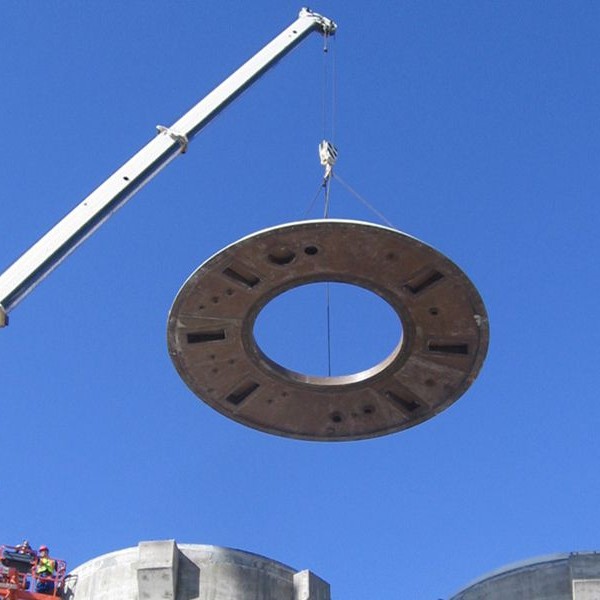
-
 Afrikaans
Afrikaans -
 Albanian
Albanian -
 Amharic
Amharic -
 Arabic
Arabic -
 Armenian
Armenian -
 Azerbaijani
Azerbaijani -
 Basque
Basque -
 Belarusian
Belarusian -
 Bengali
Bengali -
 Bosnian
Bosnian -
 Bulgarian
Bulgarian -
 Catalan
Catalan -
 Cebuano
Cebuano -
 China
China -
 China (Taiwan)
China (Taiwan) -
 Corsican
Corsican -
 Croatian
Croatian -
 Czech
Czech -
 Danish
Danish -
 Dutch
Dutch -
 English
English -
 Esperanto
Esperanto -
 Estonian
Estonian -
 Finnish
Finnish -
 French
French -
 Frisian
Frisian -
 Galician
Galician -
 Georgian
Georgian -
 German
German -
 Greek
Greek -
 Gujarati
Gujarati -
 Haitian Creole
Haitian Creole -
 hausa
hausa -
 hawaiian
hawaiian -
 Hebrew
Hebrew -
 Hindi
Hindi -
 Miao
Miao -
 Hungarian
Hungarian -
 Icelandic
Icelandic -
 igbo
igbo -
 Indonesian
Indonesian -
 irish
irish -
 Italian
Italian -
 Japanese
Japanese -
 Javanese
Javanese -
 Kannada
Kannada -
 kazakh
kazakh -
 Khmer
Khmer -
 Rwandese
Rwandese -
 Korean
Korean -
 Kurdish
Kurdish -
 Kyrgyz
Kyrgyz -
 Lao
Lao -
 Latin
Latin -
 Latvian
Latvian -
 Lithuanian
Lithuanian -
 Luxembourgish
Luxembourgish -
 Macedonian
Macedonian -
 Malgashi
Malgashi -
 Malay
Malay -
 Malayalam
Malayalam -
 Maltese
Maltese -
 Maori
Maori -
 Marathi
Marathi -
 Mongolian
Mongolian -
 Myanmar
Myanmar -
 Nepali
Nepali -
 Norwegian
Norwegian -
 Norwegian
Norwegian -
 Occitan
Occitan -
 Pashto
Pashto -
 Persian
Persian -
 Polish
Polish -
 Portuguese
Portuguese -
 Punjabi
Punjabi -
 Romanian
Romanian -
 Russian
Russian -
 Samoan
Samoan -
 Scottish Gaelic
Scottish Gaelic -
 Serbian
Serbian -
 Sesotho
Sesotho -
 Shona
Shona -
 Sindhi
Sindhi -
 Sinhala
Sinhala -
 Slovak
Slovak -
 Slovenian
Slovenian -
 Somali
Somali -
 Spanish
Spanish -
 Sundanese
Sundanese -
 Swahili
Swahili -
 Swedish
Swedish -
 Tagalog
Tagalog -
 Tajik
Tajik -
 Tamil
Tamil -
 Tatar
Tatar -
 Telugu
Telugu -
 Thai
Thai -
 Turkish
Turkish -
 Turkmen
Turkmen -
 Ukrainian
Ukrainian -
 Urdu
Urdu -
 Uighur
Uighur -
 Uzbek
Uzbek -
 Vietnamese
Vietnamese -
 Welsh
Welsh -
 Bantu
Bantu -
 Yiddish
Yiddish -
 Yoruba
Yoruba -
 Zulu
Zulu
grp boat
Exploring the World of GRP Boats
In the realm of boating, the materials used in boat construction play a crucial role in defining performance, durability, and maintenance. One material that has made significant waves in the industry is Glass Reinforced Plastic (GRP), commonly known as fiberglass. GRP boats have become increasingly popular among both recreational and professional users, thanks to their unique blend of qualities that cater to a wide range of boating activities.
What is GRP?
Glass Reinforced Plastic is a composite material made from a polymer matrix reinforced with glass fibers. This combination results in a lightweight yet incredibly strong material that is resistant to various environmental factors, making it an excellent choice for boat-building. GRP has been employed in the maritime sector for decades, and its versatility has allowed for a diverse range of designs and applications.
Advantages of GRP Boats
1. Lightweight and Strong One of the primary benefits of GRP boats is their lightweight nature. This attribute not only enhances speed and fuel efficiency but also makes transportation and handling more manageable. Despite their lightness, GRP boats can withstand considerable stress and strain, making them suitable for various water conditions.
2. Corrosion Resistance Unlike traditional materials such as wood or metal, GRP is highly resistant to corrosion caused by saltwater, freshwater, and even chemical exposure. This quality ensures that GRP boats maintain their structural integrity and appearance over time, reducing the need for frequent repairs or replacements.
grp boat

3. Low Maintenance GRP boats require significantly less maintenance compared to their wooden or metal counterparts. A simple wash-down with soapy water is often enough to keep them looking pristine, and periodic checks for wear and tear are easier to conduct. This characteristic makes GRP an attractive option for boaters who prefer to spend more time on the water rather than in a workshop.
4. Versatility in Design The moldability of GRP allows for creative and innovative designs that can cater to specific needs—whether it be for leisure, fishing, or racing. Builders can create various shapes and sizes, from small dinghies to luxurious yachts, adapting the design to meet customer specifications.
5. Cost-Effectiveness While the initial purchase price of a GRP boat may not always be the lowest in the market, the long-term savings in maintenance and repair costs make them a cost-effective choice over time. Their durability and low upkeep contribute to a lower total cost of ownership.
Disadvantages to Consider
Despite their many advantages, GRP boats are not without drawbacks. One of the significant concerns is environmental impact. The production and disposal of fiberglass can contribute to pollution, as the materials used in GRP are not biodegradable. Additionally, while GRP boats are strong, they can be susceptible to delamination if they suffer significant impacts or if water gets trapped within layers.
Conclusion
GRP boats have indeed transformed the boating industry, offering a compelling alternative to traditional materials. Their lightweight nature, durability, and low maintenance requirements make them highly appealing for a variety of boating enthusiasts. As technology progresses, the methods of producing and recycling GRP may evolve, further addressing environmental concerns and enhancing the sustainability of these vessels. Whether you are a seasoned sailor or a novice looking to embark on new adventures, GRP boats provide an excellent option for exploring the waterways, making unforgettable memories, and enjoying the great outdoors. In a world where time on the water is precious, choosing a GRP boat can make all the difference in ensuring a pleasurable and hassle-free experience.









